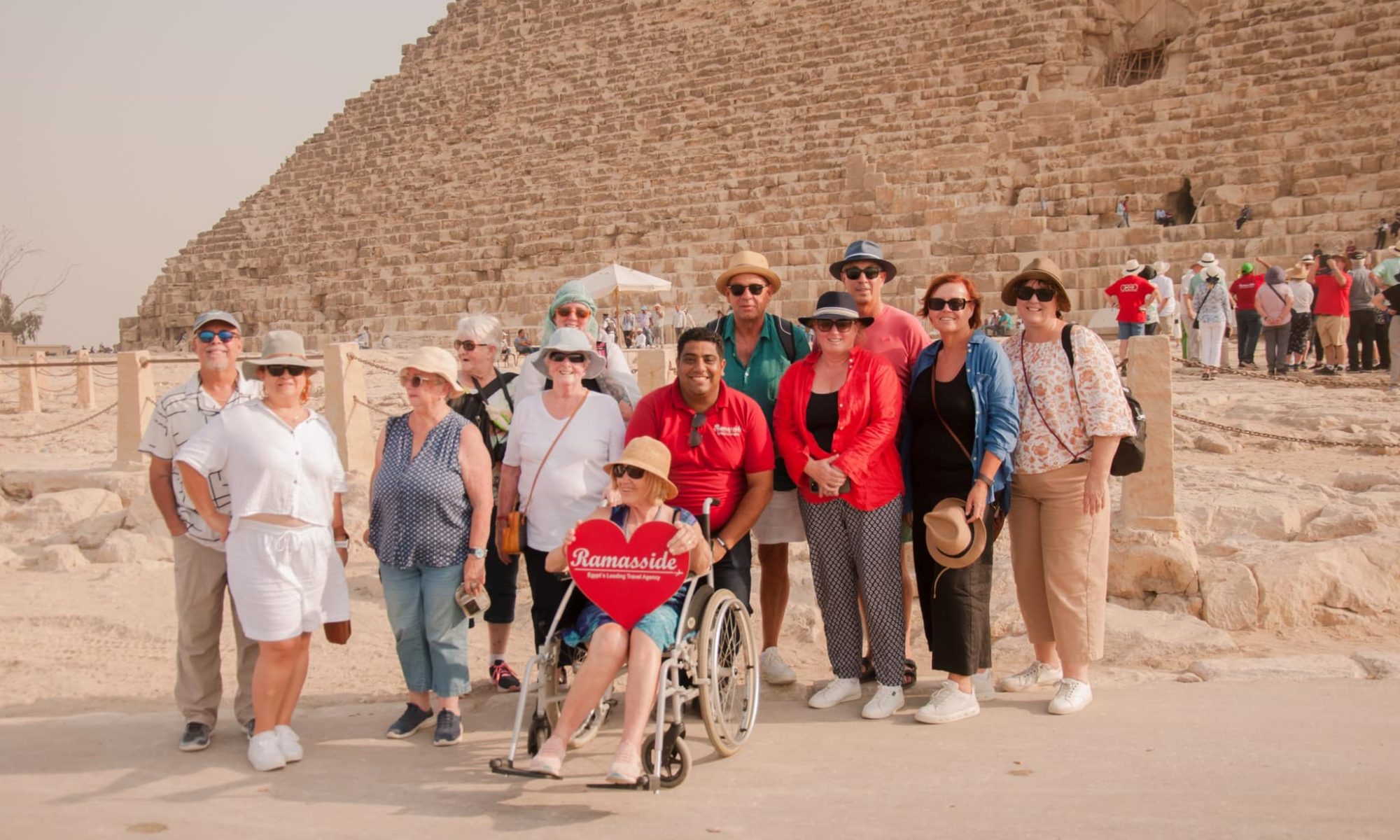
The Nile River, often referred to as the “lifeblood of Egypt,” has been a source of sustenance, inspiration, and mystery for millennia. Flowing through the heart of Egypt, this majestic river has played an integral role in shaping the country’s history, culture, and geography. In this blog post, we embark on a journey to explore the eternal significance of the Nile River in Egypt.
1. A Lifeline for Ancient Egypt
The Nile River was essential to the survival and prosperity of ancient Egypt. Its annual flooding, known as the inundation, deposited nutrient-rich silt along the riverbanks, creating fertile land for agriculture. This natural phenomenon allowed Egypt to become one of the world’s first agricultural societies.
2. Geography and Topography
The Nile is the longest river in the world, stretching over 4,100 miles through northeastern Africa. It is formed by the Blue Nile and the White Nile, which meet in Sudan and flow northwards through Egypt, eventually emptying into the Mediterranean Sea.
3. Upper and Lower Egypt
Ancient Egypt was divided into two regions: Upper Egypt to the south, and Lower Egypt to the north. The Nile River served as the unifying force that brought these two regions together, both geographically and culturally.
4. Modern Agriculture and Irrigation
Even today, the Nile continues to be the lifeblood of Egypt’s agriculture. The Aswan High Dam, completed in the 1960s, regulates the Nile’s flow and ensures a constant water supply for irrigation, allowing Egypt to cultivate crops throughout the year.
5. Cultural Significance
The Nile River has been a constant presence in the cultural and religious narratives of Egypt. In ancient Egyptian mythology, the river was often associated with gods and goddesses, such as Hapi, the god of the Nile’s inundation. The Nile’s importance is also evident in ancient hieroglyphics and art.
6. Transportation and Trade
The Nile served as a vital transportation route for ancient Egyptians. Boats were used for both local and long-distance travel and trade. Today, it continues to be an important transport route for both goods and passengers.
7. Modern Challenges and Conservation
While the Nile remains a lifeline for Egypt, it faces modern challenges such as pollution, reduced water flow due to dam construction in upstream countries, and the impact of climate change. Conservation efforts are essential to protect this vital resource for future generations.

